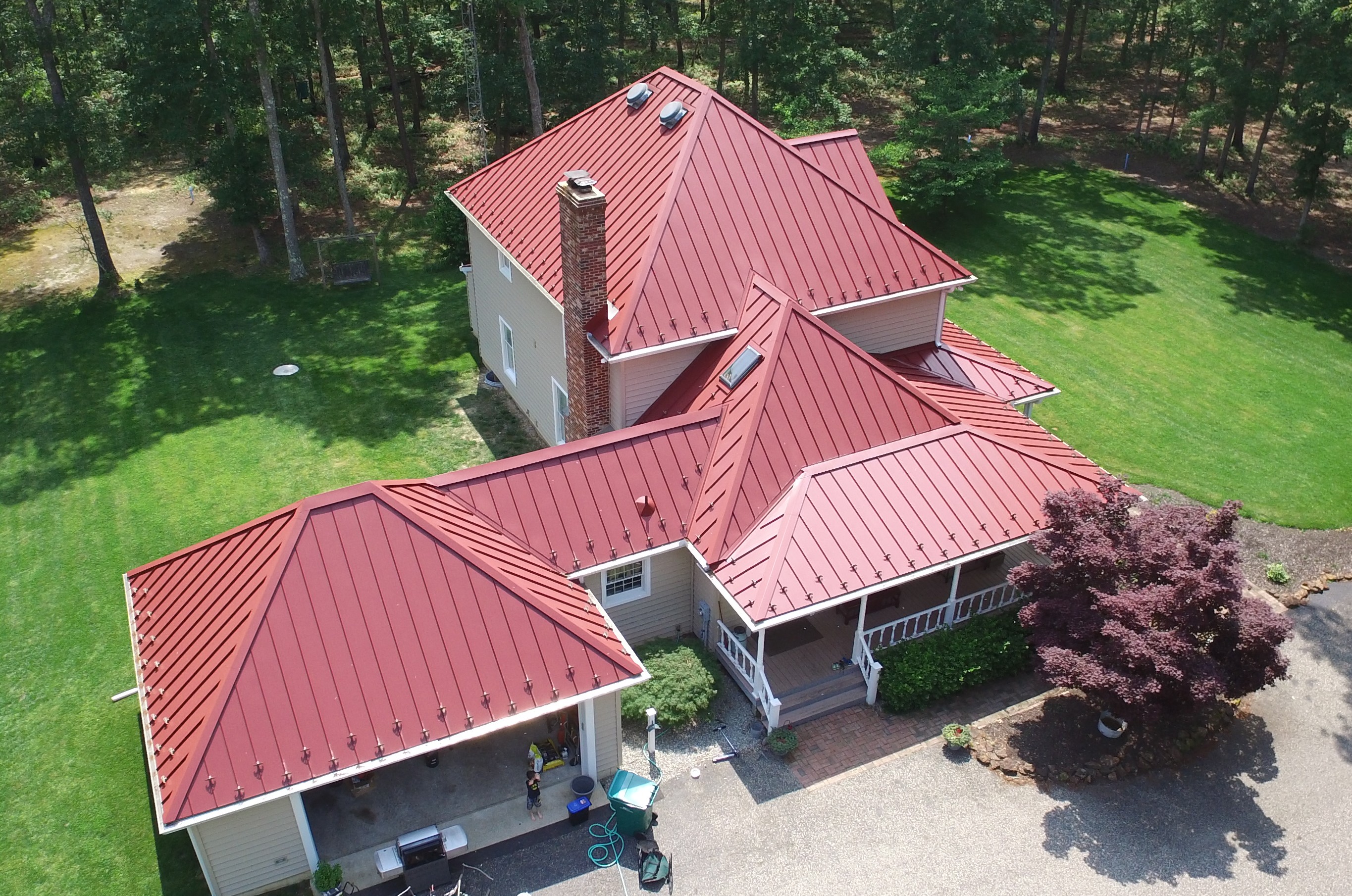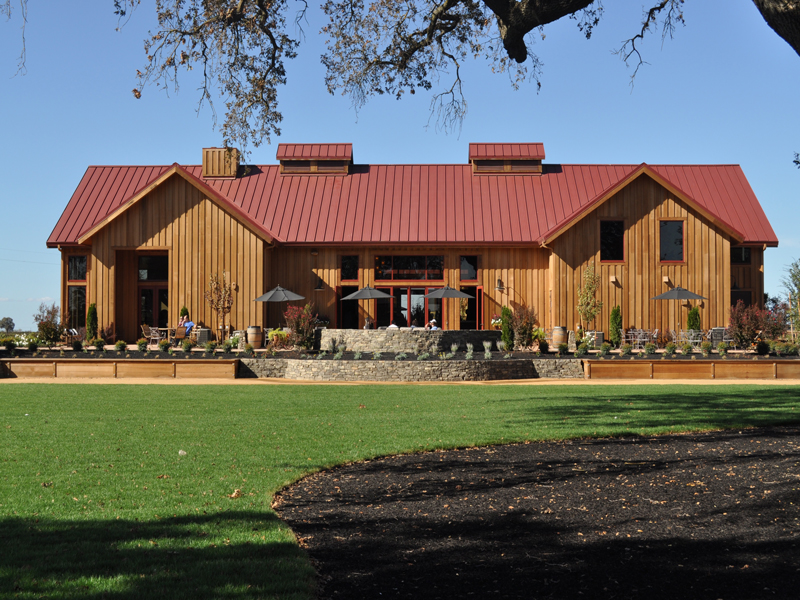What Are You Doing For The Next 40 to 70 Years?
When sitting down with a potential client, almost to a person, the first thing said is “I’m looking for something I can just take care of now and not worry about again”. The other variation is “What can I have installed and not think about for years and years?”.
There aren’t many things when it comes to your home where you can talk in terms of having it last years and years. And that is your roof. The only material for your roof you can talk about lasting years and years is a metal roof, with an expected lifespan of 40 to 70 years and, often, a 30- to 50-year manufacturer’s warranty to boot.
A McGraw-Hill survey found that 26 percent of homeowners cited longevity as their primary reason for investing in metal roofing and another 22 percent said they were swayed by its strength.
Compared to asphalt shingles (by far and away the most popular roofing material), metal boasts supreme durability. If you don’t love the idea of re-roofing every 15 or so years—if you’d prefer to do it once and be done with it—then metal roofing is for you. Not only does the material stand up well to high winds, including gusts of wind up to 140 miles per hour, and not corrode nor crack thanks to rust-proof coatings.
Thinking About The Environment
Traditional asphalt shingles are a petroleum product and, as such, increase dependency on fossil fuels. Plus, they require replacement every 15 or so years, which means that nearly 20 billion pounds of old asphalt shingles are sent to U.S. landfills every year, according to the Environmental Protection Agency.
Metal roofs, on the other hand, are considered a more sustainable alternative for a number of reasons. For starters, they consist of at least 25 percent recycled materials and are 100 percent recyclable themselves. (Steel roofing can be recycled repeatedly without loss of strength) Metal roofing also provides an ideal platform for homeowners who want to think about including solar panels or systems for harvesting rainwater.
Some re-roofing projects, a metal roof is so light—roughly one-third the weight of asphalt—that it can be installed directly over top asphalt shingles without overburdening the roof’s structural support. This strategic move saves the effort and sheer waste of ripping off the old roofing and sending it to a landfill.
A Material That Will Help Pay For Itself
Money spent on the installation of a metal roof can be recouped from the savings in monthly cooling and heating costs thanks to this type of roof’s reflective properties. Metal roofs reflect solar radiant heat instead of absorbing it, which—year round, but especially during the long days of summer—can reduce cooling costs by as much as 25 percent, according to the Metal Roofing Alliance. Furthermore, some metal roofing comes coated with special reflective pigments to minimize heat gain, keeping occupants comfortable without having to crank up the air conditioner.


